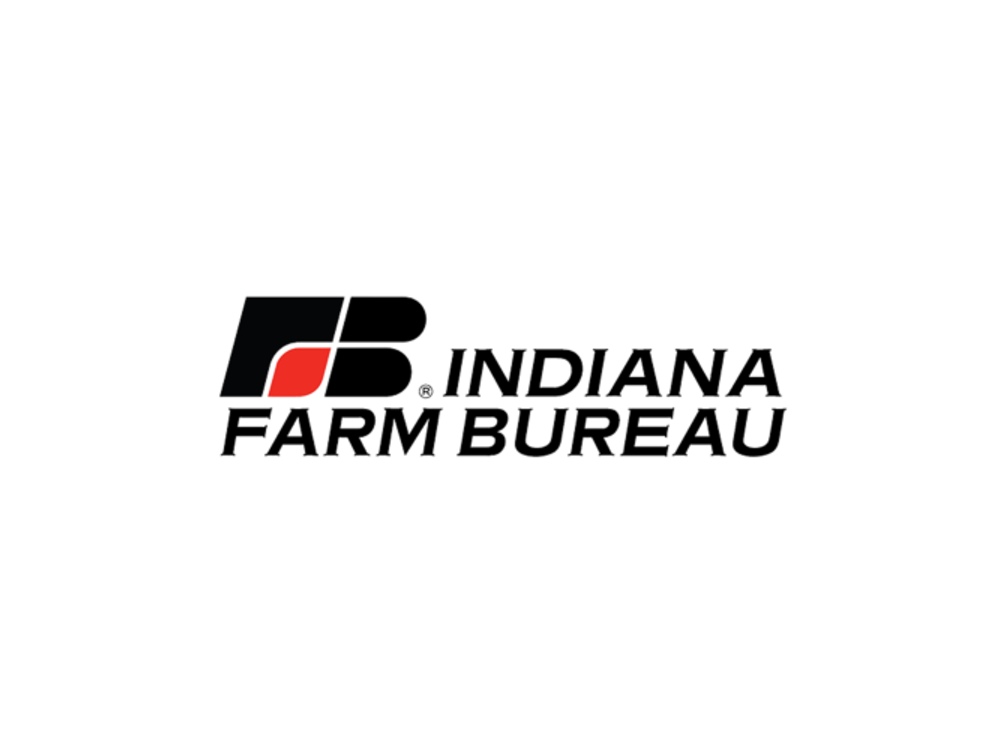INDIANAPOLIS — Earth Day was celebrated April 22, and Indiana Farm Bureau (INFB), the state’s largest general farm organization, used the occasion to celebrate the land and everything Hoosier farmers do to protect it. According to the Environmental Protection Agency, agriculture is responsible for 10% of America’s greenhouse gas emissions, much lower than transportation, electricity generation, and industry.
“On the farm, every day is Earth Day,” said INFB President Randy Kron. “We’ve been protecting the land for generations. Sustainability and efficiency go hand-in-hand in agriculture.”
Kron noted the practice of planting cover crops to replenish nutrients and hold down topsoil is one big way farmers make a difference. “They also adopt practices that reduce and, in some cases, eliminate the need for tilling — or plowing the soil — so nutrients stay locked in,” he said.
According to the Indiana Agriculture Nutrient Alliance, while the national adoption rate of cover crops and reduced/no-tillage is around 10%, Indiana farmers have adopted those practices at the highest rate in the Midwest. And this change has happened in a relatively short time frame, from roughly 200,000 acres in 2011 to nearly 1.5 million acres of living green cover in 2021.
The 2021 Indiana Department of Agriculture transect data shows that 80% of farmed acres in the state utilize conservation tillage such as strip till or no till, and 1.5 million acres use cover crops. The Indiana Conservation Partnership — a coalition of Indiana agencies and organizations who share a common goal of promoting conservation — also issued a report showing that landowners helped prevent more than 1 million tons of sediment, 2.2 million pounds of nitrogen and 1.1 million pounds of phosphorus from entering Indiana waterways in 2020. That equates to enough phosphorus to fill over five 50-foot train cars, enough nitrogen to fill over 11 50-foot train cars and almost 11,000 50-foot train cars worth of sediment.
Additionally, the Indiana Conservation Partnership helped to plant 232,000 acres of cover crops in the state in 2020, which sequestered almost 148,000 tons of carbon from the atmosphere, equal to the emissions of more than 28,900 cars.
Kron said another way farmers can be good stewards of the land is by properly handling the manure that is produced on the farm. Manure is not a waste to be disposed of, but a nutrient-rich fertilizer that allows farmers to be less reliant on commercially based fertilizers. Pork farmers store their manure in large concrete pits underneath their barns until the appropriate time comes to apply that manure at an agronomic rate to be used as a fertilizer for crops.
Livestock farms are highly regulated by the Indiana Department of Environmental Management which ensures land application of manure only occurs during appropriate ground conditions and only at agronomic rates so that it can be properly utilized as fertilizer by a crop. If a farm does not abide by these prescribed rates, it is subject to penalties. In fact, only 10% of Indiana cropland receives manure for use as fertilizer from a regulated livestock farm.
Pork producers are actually doing more with less. Compared to 50 years ago, farmers are using 78% less land, 41% less water and have a 35% smaller carbon footprint per pound of pork produced, according to the Indiana Pork Producers Association.
Much like pig manure, cattle manure also contains valuable nutrients for the soil.
Dairy farmers are dedicated to being good stewards of the land and its natural resources. They reuse water as many as five to six times. For example, farmers use a plate cooler full of water to cool the cow milk. Then the water is stored in a tank until it is needed to fill up the cows’ water troughs, wash the barn or even to be used as a mist to cool down the cows in the excess heat.
According to the American Dairy Association Indiana, a gallon of milk is produced using 30% less water, 21% less land, and has a 19% smaller carbon footprint than it did in 2007. Additionally, dairy contributes only 2% of all U.S. greenhouse gas emissions, while providing significant nutrients.
“Farmers are continuously looking for ways to do more to protect our environment,” said Kron. “That’s why INFB is a founding member of the Food and Agriculture Climate Alliance, a consortium of agriculture, food, forestry and environmental groups. On this Earth Day, and every day, we try to be good stewards of the land so we can leave it better than it was before.”




